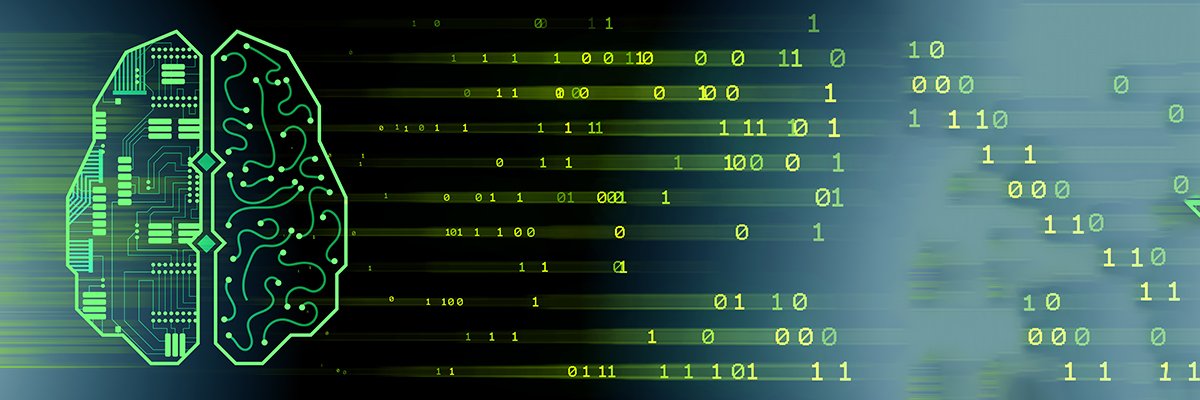The evolution towards software-defined networks (SDN) represents an unprecedented change in the technology sector for which a high number of qualified personnel is in demand. The Degree programs in Computer Engineering contemplate these developments so that future professionals are capable of leading the transformation and managing their challenges efficiently.
History and evolution of network architectures
The history of networks begins with telephone networks, considered the first large-scale communication networks, although in the beginning they only allowed point-to-point connections. ARPANETcreated in the 1960s, laid the foundations for the subsequent development of the Internet.
After these first networks, Ethernet appeared, revolutionizing LANs by making it possible to connect several devices to the same network. In the era of local networks, the appearance of TCP/IP protocols.
Next in the history and evolution of network architectures are enterprise networks (hierarchical networks, VLANs and MPLS). With these transformations it was possible to create the virtual private networks o VPNs.
The fourth period in the history of network architectures is in SDN (Software Defined Networks) and corresponds to the current one. This fragment of network evolution is characterized by the decoupling of the control and data planes, as well as by the network functions virtualization or NFV, which allow excellent scalability.
Software Defined Networking (SDN)
Software Defined Networking, like any innovation, brings with it a host of benefits, as well as some challenges. To understand what they mean in the technological world, it is necessary to know the concepts of SDN, its benefits and the impact they have in the current context.
SDN concept
SDN or software-defined networks are network architectures in which the control plane, which makes decisions regarding traffic, is separated from the data plane, responsible for transporting the packets that contain the information.
What derives from this innovative architecture is the centralized and programmatic network management. This way, it is not necessary to configure each one independently.
To understand SND well, it is necessary to study its basic principles, which include plane separation, SDN controllers, and protocolos OpenFlow. Programming, virtualization, automation and Cloud Computing are other aspects that need to be understood to master the new software-defined network architectures.
Benefits of SDN
The evolution of network architectures towards SDN (Software-Defined Networking) is important for different reasons, which in themselves represent the benefits of this new way of managing networks.
- Speed: SDN offer the possibility of configuring and making changes to the network in less time. In addition, it is flexible, which particularly benefits the most dynamic and variable work environments.
- Scalability: Software-defined networks are much more scalable than conventional networks. This makes it possible to manage large or complex architectures more efficiently.
- Automation: Many of the tasks involved in network management can be automated thanks to SDN, which reduces the risk of human error and also saves a lot of time, which can be used on more demanding tasks.
- Programmability: One of the most notable benefits of SDN is that it represents a world of possibilities in terms of creating innovative network applications and services.
The impact of SDN on cybersecurity
The impact of SDN on cybersecurity is being noticeable and has brought both positive and negative aspects. On the positive side we find that software defined networks allow a Greater visibility into network trafficfacilitating the detection of anomalies. They also highlight the faster response capacity, the automation of repetitive tasks or network segmentation, which protects sensitive data and prevents the spread of attacks.
On the less positive side, centralizing network management makes more attack surface available. Also the programmable nature of these network architectures means that vulnerabilities can be introduced if there is poor configuration. Another notable aspect is the fact that SDN are software dependent, which implies risks of programming errors and exploits.
The role of IT engineers in SDN implementation
The main challenges that IT engineers face in implementing SDN are protecting the controller from denial of service attacks, malicious code injection, or data leakage. To address the most delicate aspects of Software Defined Networks, computer engineers must make use of the more robust authentication and authorization mechanisms; as well as paying attention to data encryption to guarantee the security of the architectures and the information they contain.










